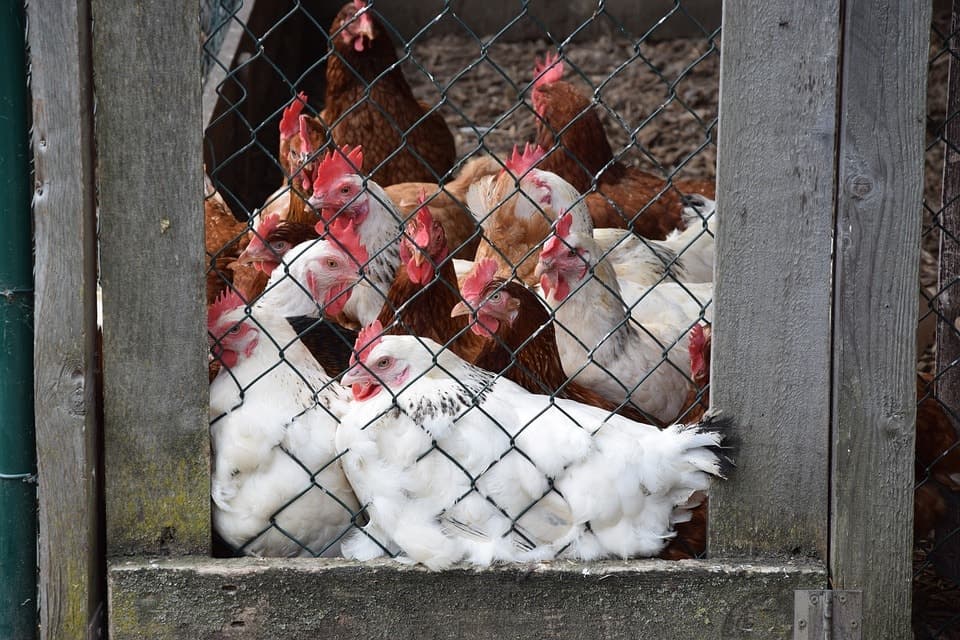A vital factor when setting up your chicken run or coop is safety, both to keep your chickens in (preventing them from digging up your veggie garden) and to keep would-be predators out. The wire that you choose to line your chicken coop and keep your flock safe depends on several factors, including durability and price, but safety should be first on the list.
Chicken wire comes in many forms, from galvanized mesh to simple wire netting, and each has its own unique strengths and weaknesses. In this article, we look at the available choices and find out which is best to suit your unique needs.
The 5 Best Wire for Chicken Runs
1. Chicken Wire
Made from galvanized wire with hexagonal holes of 1–2 inches, chicken wire, or mesh, has long been the standard for backyard flocks (hence the name), and it works well—to a point. Chicken wire is great for keeping chickens in, but not so much for keeping predators out! A dog can easily break their way through chicken mesh, especially wire that is a few years old.
If your flock is not in danger from predators, dogs, or otherwise, though, chicken mesh can work well for simply keeping your chickens in the desired area or keeping them out of your gardens. It is inexpensive, easy to work with, and readily available almost everywhere. It’s also ideal for the top of a run to keep hawks and eagles out and to separate your flock when integrating new hens or roosters.
Chicken wire is definitely not predator-proof, though, and is no match for a determined weasel or raccoon. There is also the chance of young chicks getting stuck in the hexagonal holes.
- Inexpensive
- Easy to work with
- Easily bendable and moldable
- Easy to find
- Not that durable
- Rusts easily
- Not predator proof
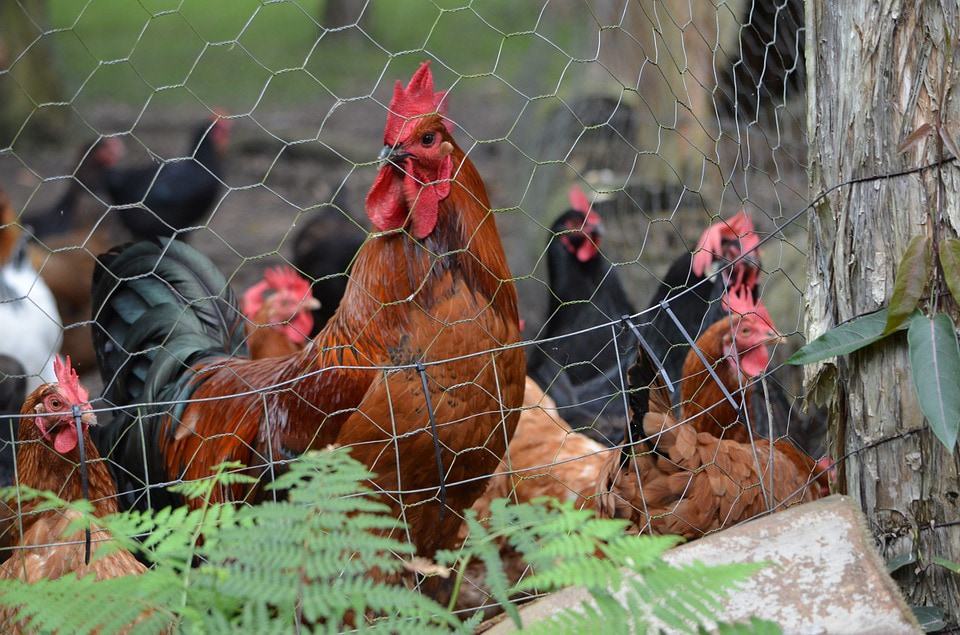
2. Poultry Netting
Made of tough plastic with holes varying in size, poultry netting is similar to chicken wire in that it’s inexpensive, easy to find, and easy to work with. It’s similar to chicken wire in terms of use too, as it can keep chickens in safely but is not great for keeping predators out. It is slightly more durable than chicken mesh, though, and likely to last longer. However, it usually costs a bit more.
Since it is made from plastic, it’s easy for a predator to chew through in seconds. It’s great for keeping chickens separated and for keeping them out of your garden, though. It’s also perfect to cover the top of your run as protection against aerial predators.
- Relatively inexpensive
- Easy to work with
- Easy to find
- Not predator proof
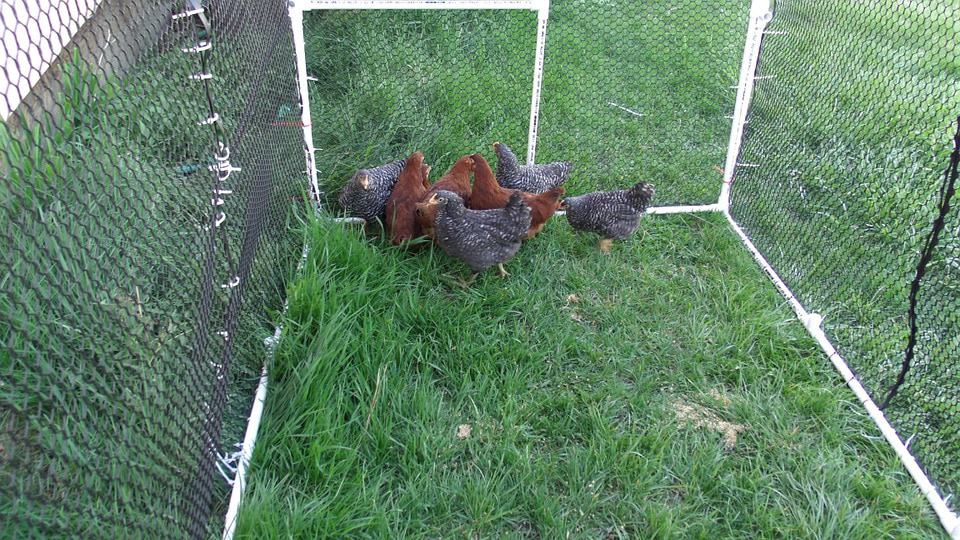
3. Welded Wire
The go-to wire for chicken coops and runs, ½-inch welded wire is the best and safest option. It is highly durable and great for keeping chickens in and predators out and will last for years. For most applications, ½-inch wire is great, but if you really want to be safe, there are bigger sizes available. Welded wire is rigid and keeps its shape when you bend it, making it ideal for coops of all styles and sizes. Bear in mind, though, that it is difficult to cut and shape.
The only downsides to welded wire are cost and workability. It is fairly pricey, especially thicker varieties, and is difficult to work with.
- Predator proof
- Keeps its shape
- Available in varying thicknesses
- Durable and long lasting
- Expensive
- Difficult to work with
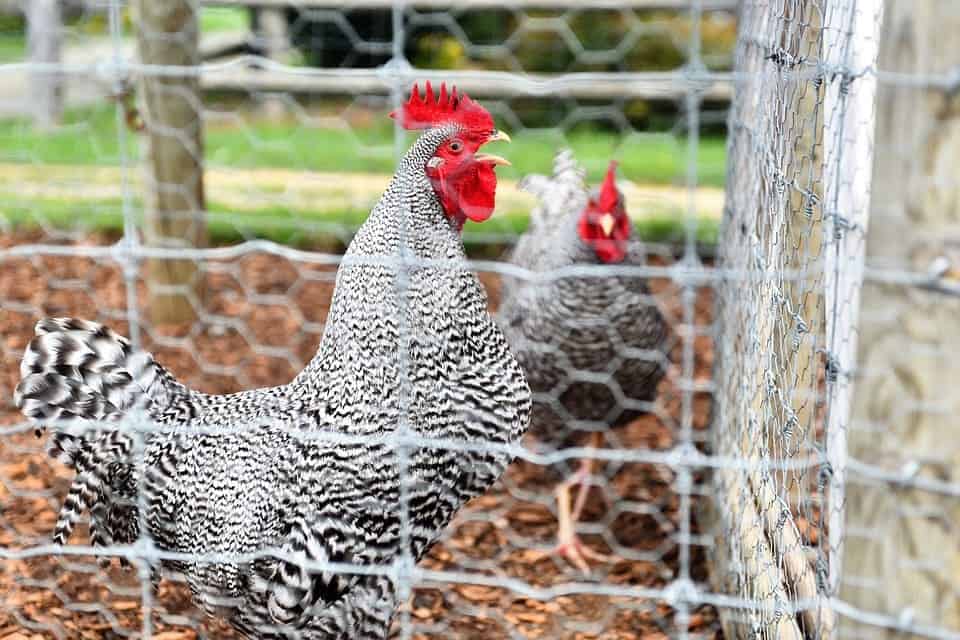
4. Chainlink Fencing
Standard chainlink fencing found on fences is a great option for chicken runs. It lasts for years without rusting and can be found easily secondhand. It is easy to work with and bend into shape and will keep out all large predators. You may need to add smaller mesh to the bottom of your coop to keep out small predators, though, as snakes and weasels can easily fit through the gaps.
Chainlink fencing is ideal for large predators like dogs and coyotes and is ideal if you are setting up a permanent run or coop.
- Highly durable
- Easy to work with
- Keeps out large predator
- Can be found secondhand
- Expensive if purchased new
- Won’t keep out small predators
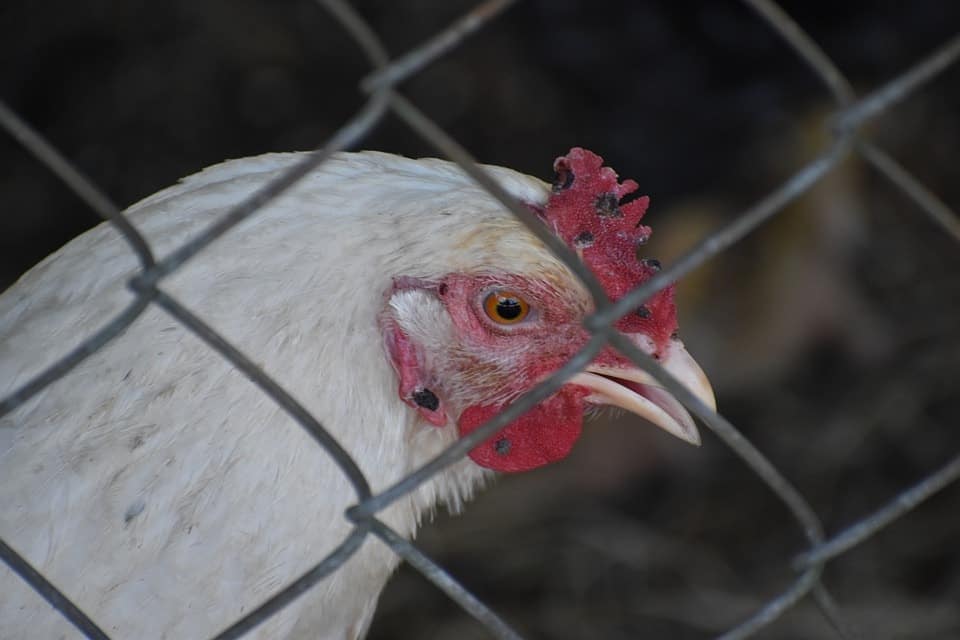
5. Electric Net Fencing
Electric fencing is ideal for free-range flocks that you want to keep confined to a certain area without needing to set up a fence. It is also great for predators and will keep your chickens in. If you have a large space, electric fencing is an economical way of keeping your flock safe. While it is an expensive initial purchase, it will usually last for years, though it needs a portable power source that may need periodic replacing. For optimum safety, pair an electric fence with welded wire or chain-link fencing. Of course, it will do little for aerial predators.
- Portable
- Ideal for large spaces
- Predator proof
- Durable
- Expensive
- Won’t work for hawks or eagles
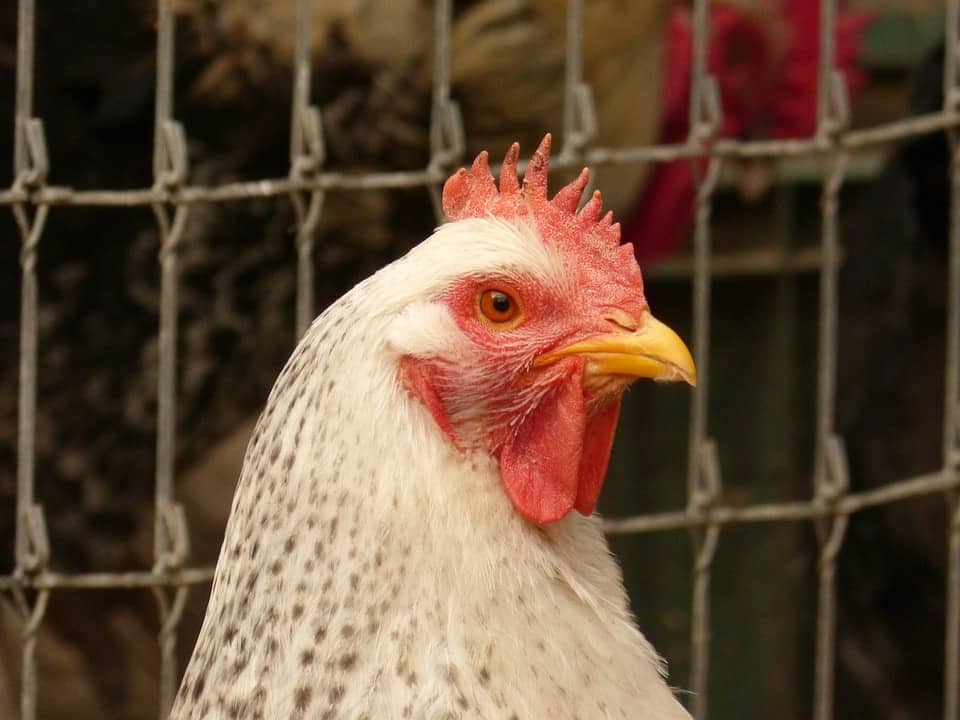

Additional Protection Measures
Even with the right chicken wire, hungry predators will find a way into a coop, and you may need to take extra precautions against these wily invaders.
Burrowing Prevention
Almost all predators can burrow underneath chicken wire and make their way inside the coop, including dogs, foxes, and snakes. It’s a good idea to lay mesh under the coop wall and roughly 1 foot on the floor on either side to prevent burrowing. Sinking your mesh at least 6 inches into the ground is also recommended, as is adding stones or broken glass into the ground around the walls to further deter digging.
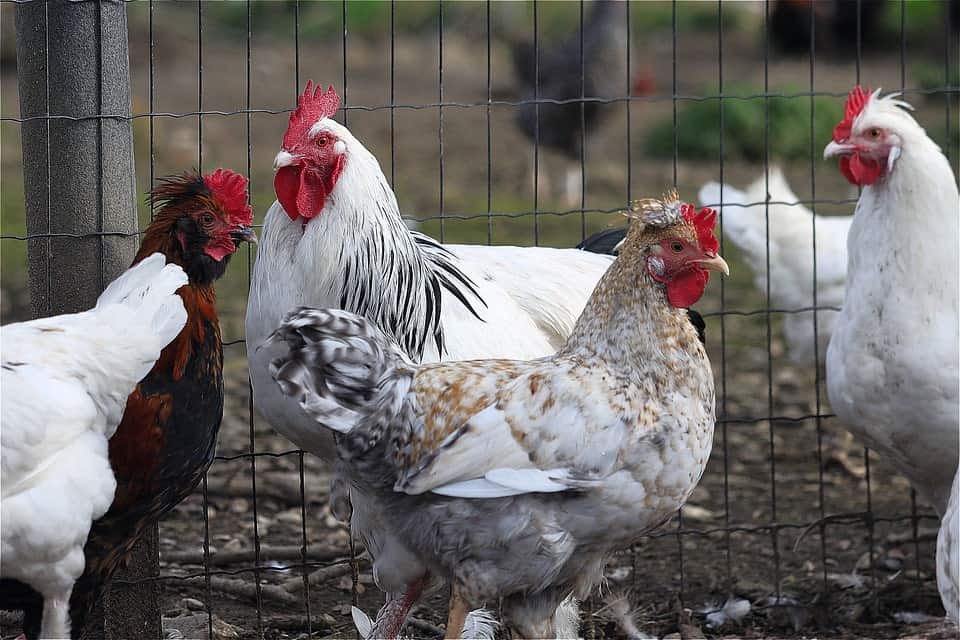
Predator Lights
If you are really having an issue with predators, it may be worth the investment to install solar lights around your coop. These automatically come on during the night and will deter most predators from entering the illuminated area.
Roosters
While getting woken up by a rooster is not for everyone, they are experts at keeping watch over their flock. Roosters will make a racket at the slightest hint of danger and may give you enough time to run out and protect your flock.
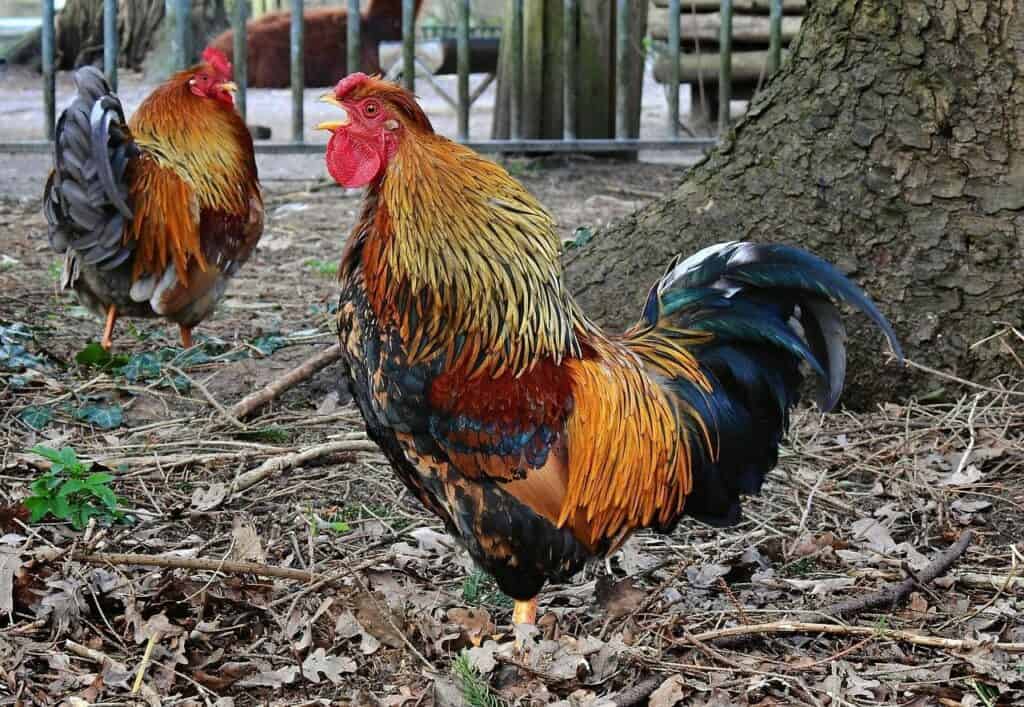
- You may also be interested in: How to Keep Chickens Out of Your Garden (13 Proven Tips)

Final Thoughts
No matter the chicken wire that you decide to go with, this is arguably one of the most important parts of building a run or coop. It’s a good idea to carefully assess your unique situation to decide which wire to go with. If you don’t have any issues with predators, simple chicken mesh will do the trick, but if you have threats of predators around your coop, you may want to use several different types to keep your flock safe.
Ready to make your own chicken run? Take a look at these 15 DIY Chicken Run Plans You Can Make Today (With Pictures)!
Featured Image Credit: Pixabay
